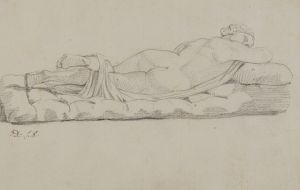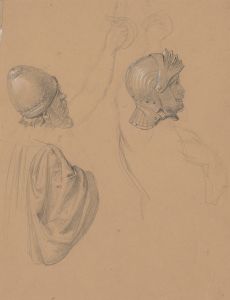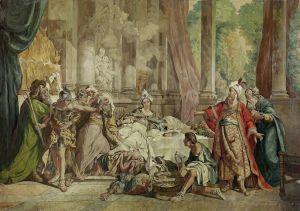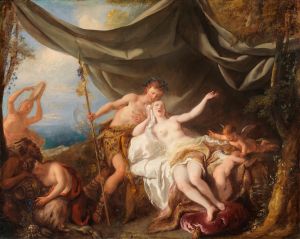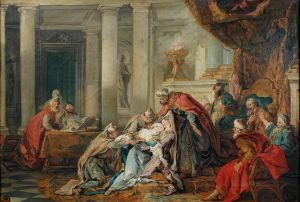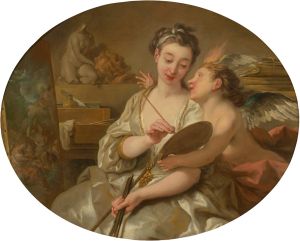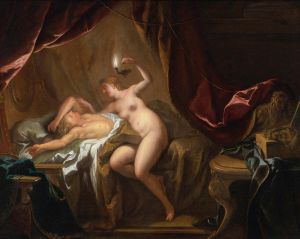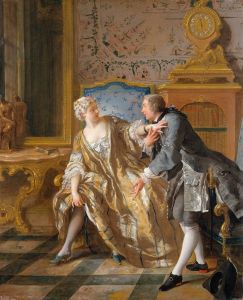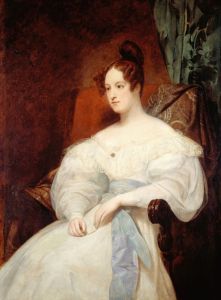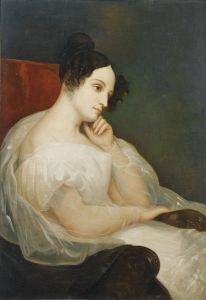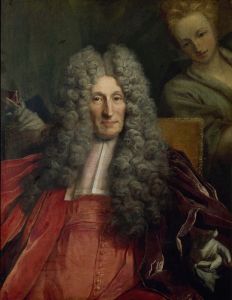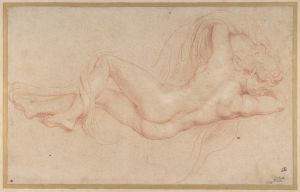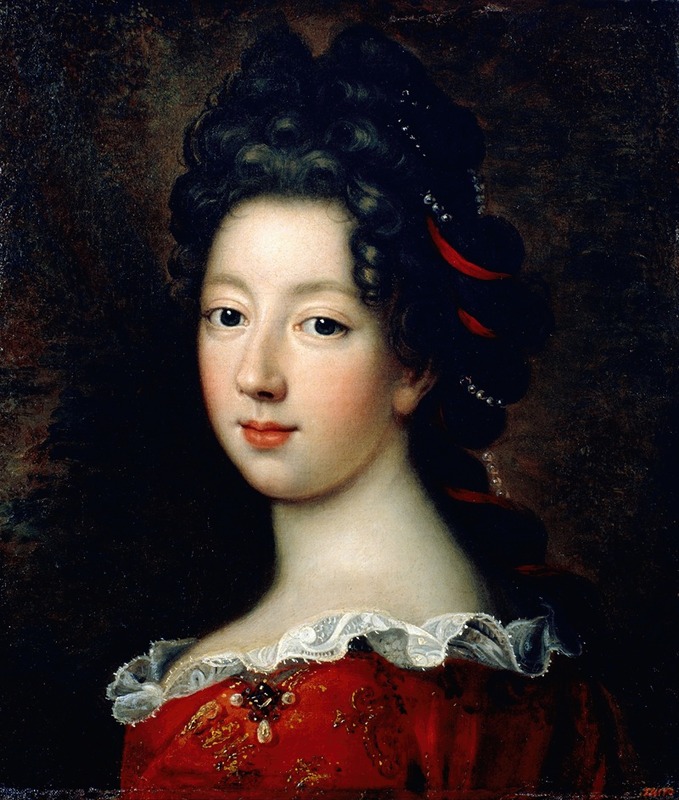
Louise Françoise de Bourbon, mademoiselle de Nantes
A hand-painted replica of Jean-François de Troy’s masterpiece Louise Françoise de Bourbon, mademoiselle de Nantes, meticulously crafted by professional artists to capture the true essence of the original. Each piece is created with museum-quality canvas and rare mineral pigments, carefully painted by experienced artists with delicate brushstrokes and rich, layered colors to perfectly recreate the texture of the original artwork. Unlike machine-printed reproductions, this hand-painted version brings the painting to life, infused with the artist’s emotions and skill in every stroke. Whether for personal collection or home decoration, it instantly elevates the artistic atmosphere of any space.
Jean-François de Troy, a prominent French Rococo painter, is known for his elegant and detailed portraits and historical scenes. One of his notable works is the portrait of Louise Françoise de Bourbon, known as Mademoiselle de Nantes. This painting captures the grace and poise of its subject, who was a significant figure in the French royal court during the late 17th and early 18th centuries.
Louise Françoise de Bourbon was born on June 1, 1673, as the eldest surviving legitimized daughter of King Louis XIV of France and his mistress, Madame de Montespan. Her birth and upbringing were marked by the opulence and intrigue of the French court. As a member of the royal family, albeit illegitimate, she held a unique position that allowed her to navigate the complexities of court life with both privilege and challenge.
Jean-François de Troy's portrait of Louise Françoise de Bourbon is a testament to his skill in capturing the essence of his subjects. Known for his ability to depict the luxurious fabrics and intricate details of his sitters' attire, de Troy's work often reflects the grandeur and sophistication of the French aristocracy. In this portrait, Louise Françoise is likely depicted in the sumptuous clothing typical of the period, showcasing the fashion and style that were prevalent among the nobility.
The painting not only highlights de Troy's technical prowess but also serves as a historical document, offering insights into the fashion, aesthetics, and social dynamics of the time. The Rococo style, characterized by its ornate and decorative qualities, is evident in the portrait's composition and attention to detail. This style was particularly popular in France during the early 18th century, aligning with the tastes of the aristocracy and the royal court.
Louise Françoise de Bourbon's life was intertwined with significant historical events and figures. She married Louis III, Prince of Condé, in 1685, aligning herself with one of the most powerful families in France. This marriage further solidified her status within the aristocracy and expanded her influence at court. Her life, like many women of her time, was shaped by the political and social expectations of her status, and her portrait by de Troy reflects the dignity and poise expected of someone in her position.
Jean-François de Troy's work, including the portrait of Louise Françoise de Bourbon, is celebrated for its contribution to the Rococo movement and its ability to capture the spirit of the French aristocracy. His paintings remain valuable for their artistic merit and their role in documenting the cultural and historical context of 18th-century France.
In summary, the portrait of Louise Françoise de Bourbon by Jean-François de Troy is a significant work that encapsulates the elegance and complexity of its subject. Through his masterful use of color, composition, and detail, de Troy offers a glimpse into the life of a prominent figure in French history, while also showcasing the artistic trends of his time.





